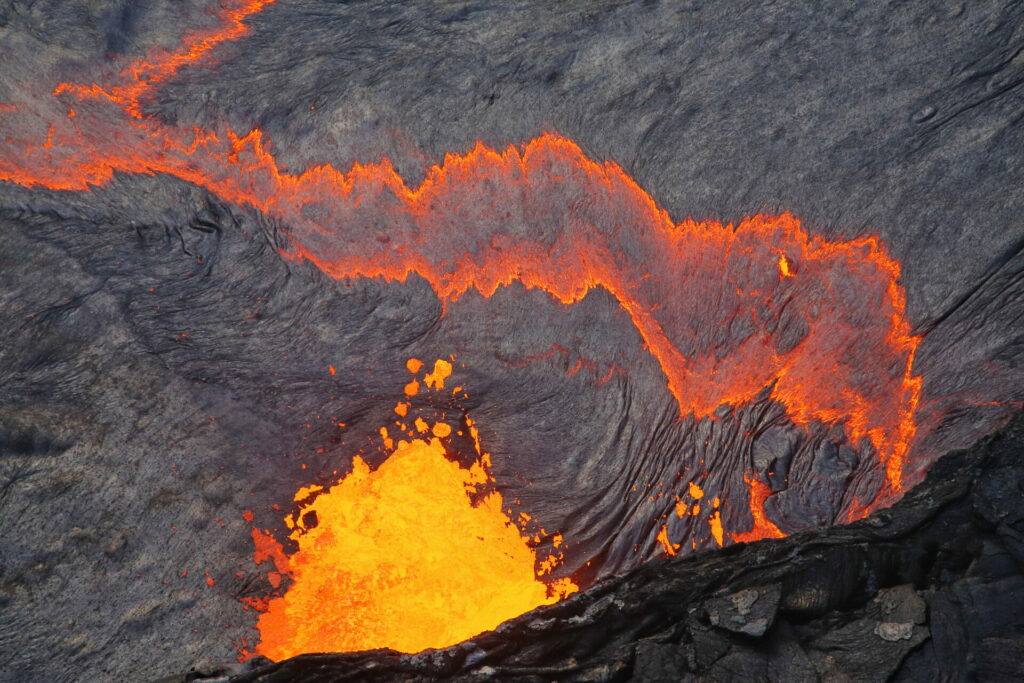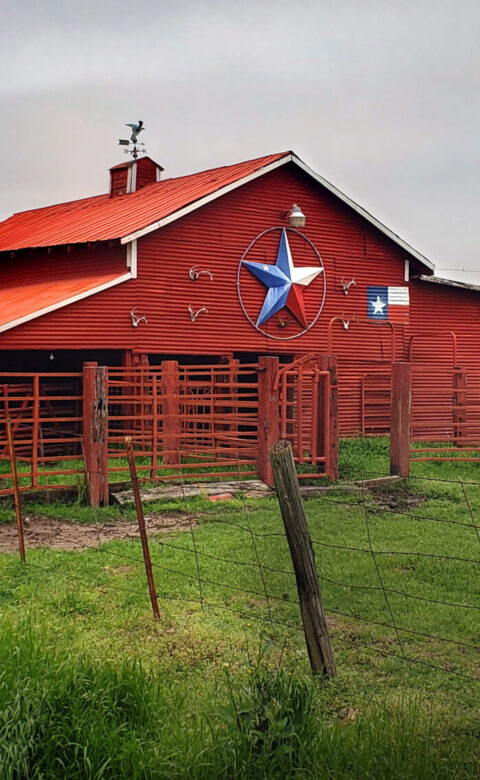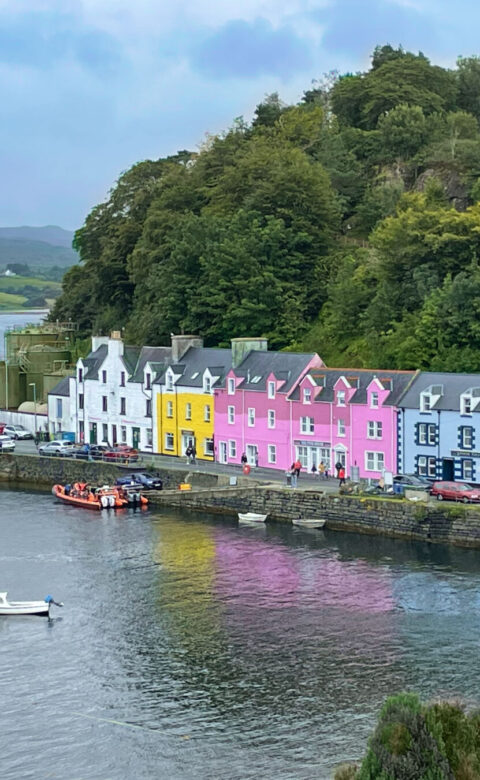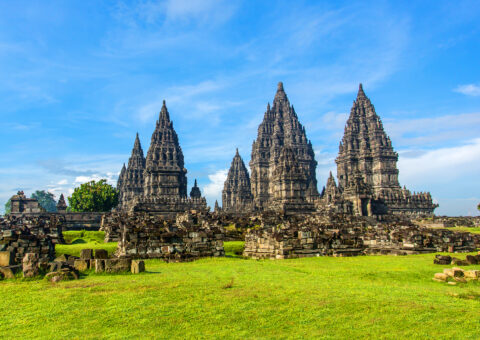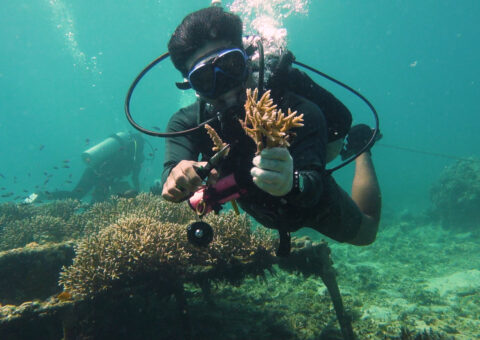At 02:00 am, as I steadily gain altitude on the way to Mt Merapi’s summit, the deep, narrow canyons penetrating its lower slopes feel menacing — in a spooky, supernatural way. I’m not afraid of the ongoing volcanic activity — I’ve learned a few lessons in volcanology, some of them the hard way, and I realise my chances of getting incinerated by a sudden pyroclasm are notably lower than of being hit by a truck while crossing a street in Yogyakarta.
The tension is more profound; it comes from my inner monkey. Vague shadows and nocturnal sounds of the jungle tangle in my subconscious to hint at evil spirits and ancient curses. I don’t believe in this stuff, but it doesn’t help. Of course, in reality, there is no threat; I’d better worry about the clouds converging to obscure my view of the lava flow.
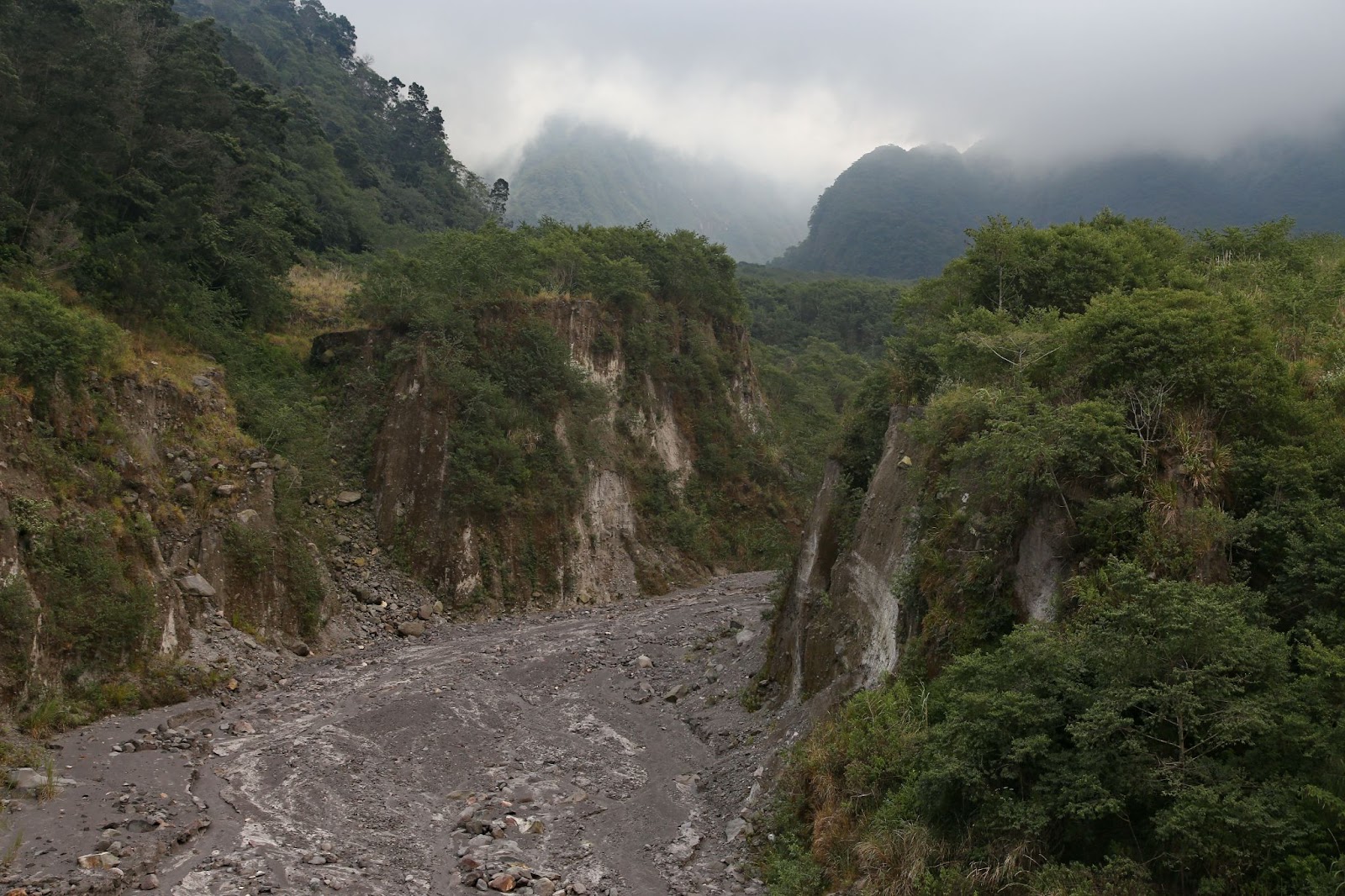
For experienced lava chasers like myself, Merapi is a good, infallible target: it may cough smoke and leak magma, like a victim of tectonic flu, or it may blow up like all the gunpowder barrels in the world thrown together, but it doesn’t feel like cooling down completely. There are designated viewpoints at its base, even — lava viewing towers. They get officially barred when the eruptions intensify, but this is actually the time to use them; when the activity weakens, it’s safe enough to climb higher, perhaps all the way to the crater. Which is why I’m dodging imaginary ghosts on the way up now.

Merapi, a large stratovolcano rising just short of 3000 m above sea level, has always been central to Javanese mythology. Its name translates simply as “fire mountain” — although the Sanskritic root “meru” ambiguously could stand for a mountain in general, or refer specifically to the sacred peak used by Hindu gods in their quest for amrita, the immortality elixir. While the Javanese generally expect every active volcano to house a mighty spirit, Merapi is special: it stands too close to the royal city of Yogyakarta, and the legends of the great empire once ruled from there twist around it.
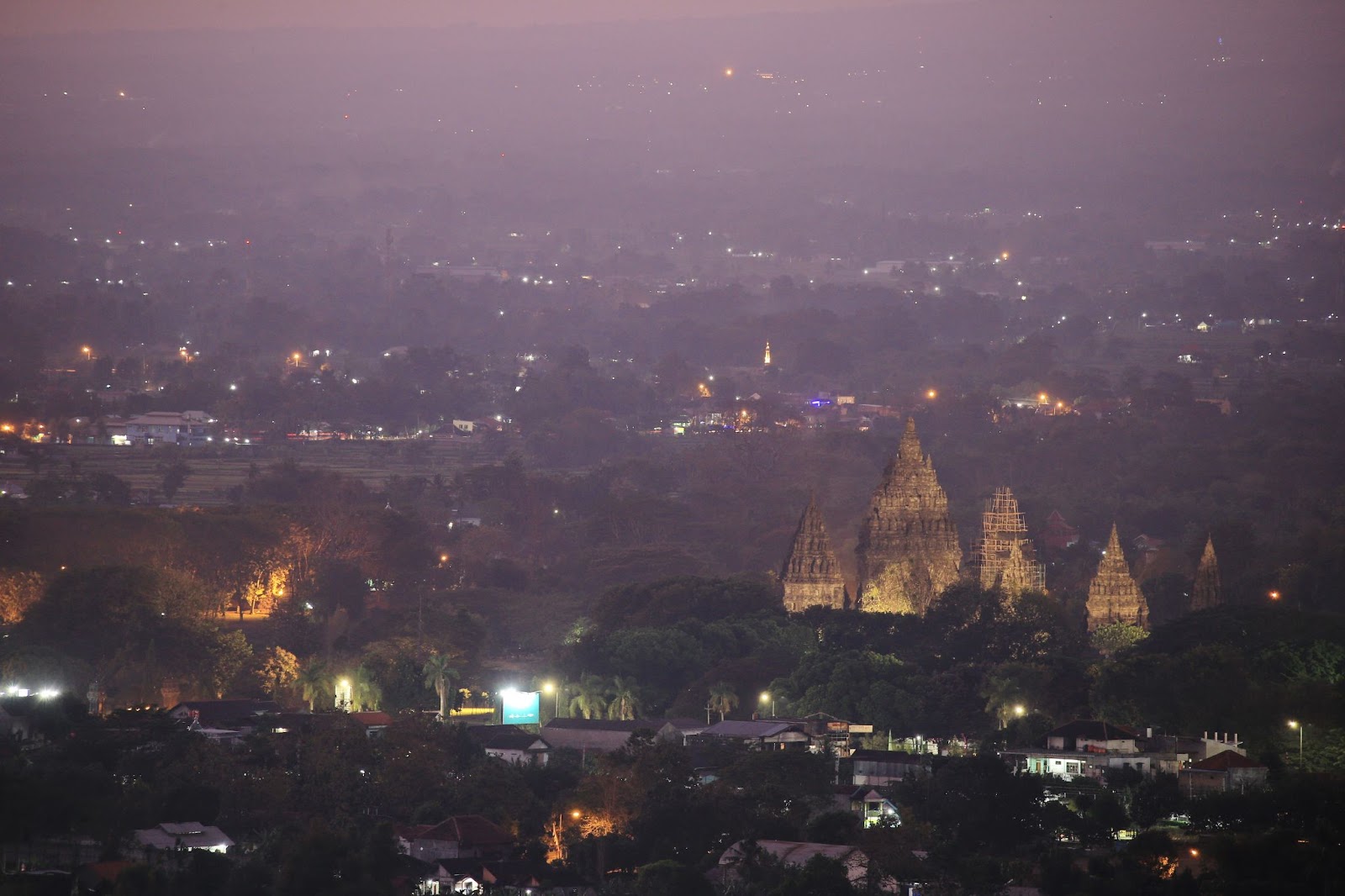
A very popular legend, for example, claims that an immaterial reflection of the sultan’s palace, kraton, complete with nobles and guards, exists inside the volcano. Whatever happens between Merapi and the people of Yogyakarta, depends on the diplomatic relations between these two courts.
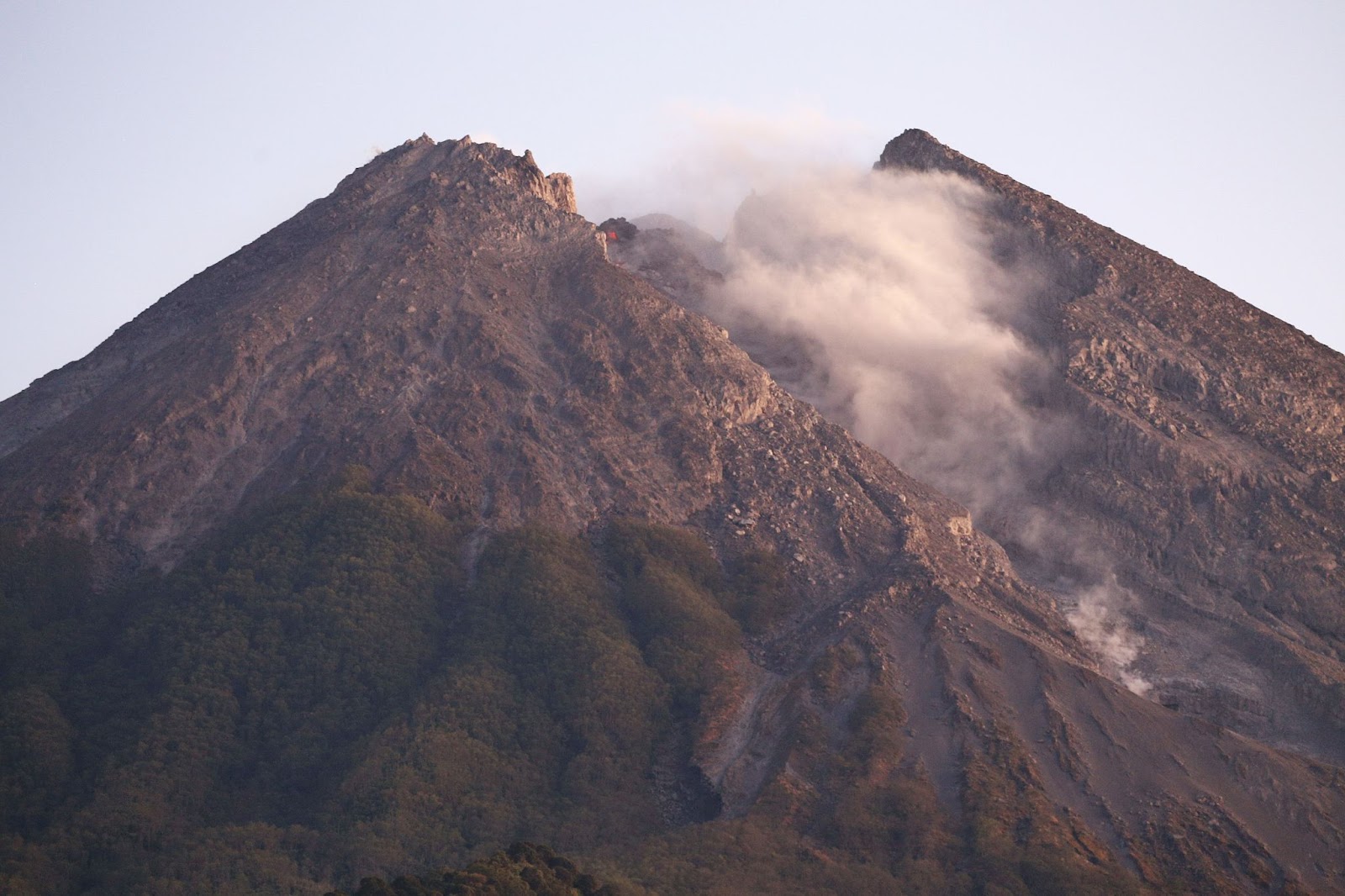
One would expect the proximity of a perpetually erupting volcano to cause massive anxiety. Pyroclastic explosions — think Pompeii, to simplify — occurred in 2006, 2010, 2018, and 2021, and this is in just the last 20 years; there were others before. Each time farms and villages get buried under slowly cementing volcanic ash, and hot gas clouds roll down from the crater, destroying everything in their path. The aftermath can be easily visualized upon a visit to Kinahrejo — a devastated village that has been preserved as a memorial to Merapi’s anger.
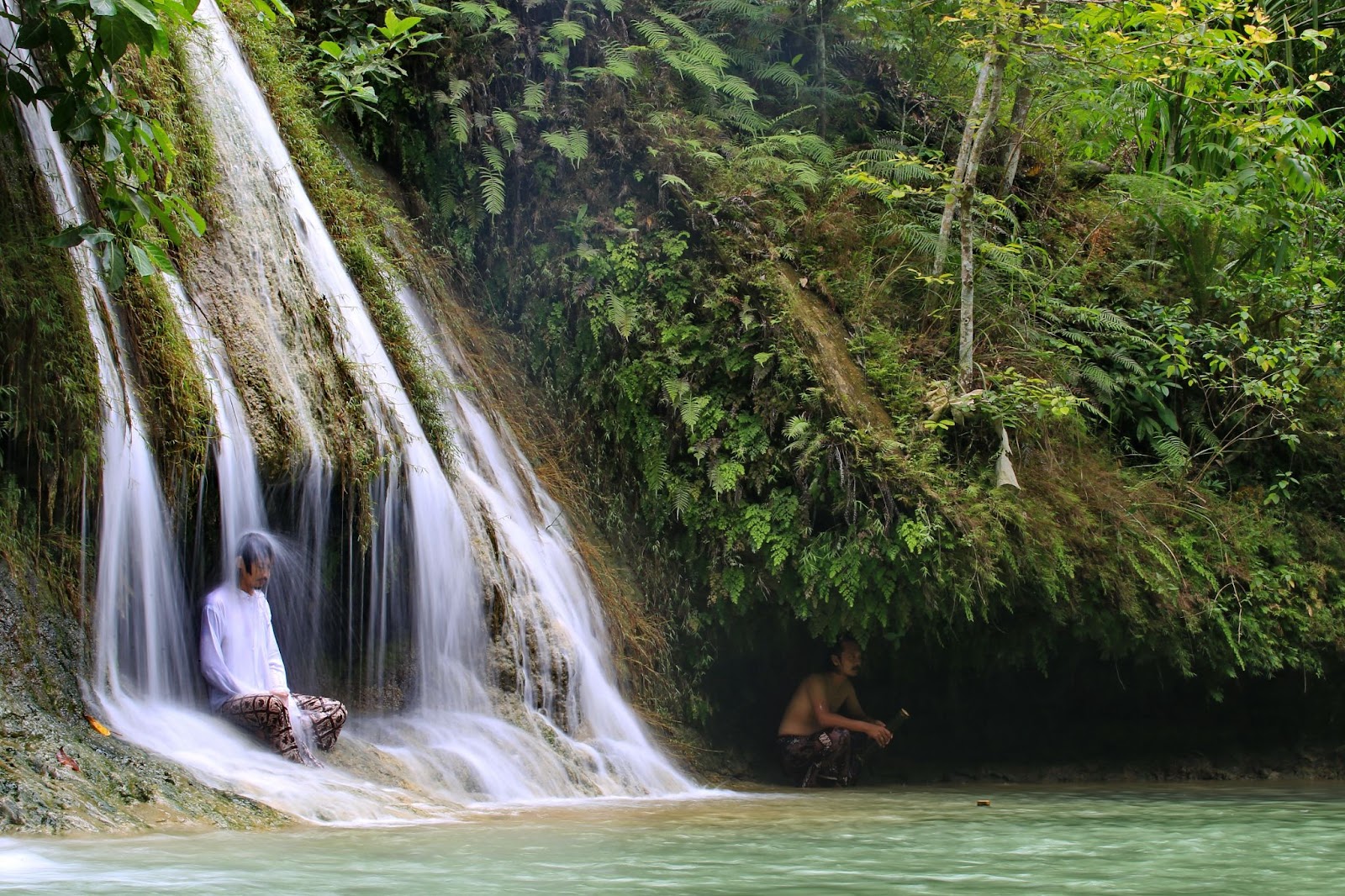
And yet, locals seem unconcerned even when the volcano shivers and jolts, causing the ground to shake. I witnessed it more than once: a few guys sitting in a typical warkop, an open-air cafe, swallowing near-lethal doses of caffeine and chatting. All of a sudden, the tables leap a centimetre or two into the air, coffee spills from the mugs, buildings around creak and lean a bit to one side. “What is it, an earthquake?” exclaims one of the men, catching his cup. “Yeah, an earthquake.” confirms another. “Ah, an earthquake…” dismisses the third, and they go on gossiping.

The reason? Well, partly, it’s habitual. Humans get used to anything if it happens regularly enough. Partly it’s the laid-back Indonesian nature. But partly it’s the mystical pact between the ruling sultan’s dynasty and Merapi’s powerful spirit, signed, according to some of the legends, by Parangkusumo, a historical monarch renowned for his magic abilities, and overseen by Nyi Roro Kidul, the goddess of the south seas.

Merapi, the kraton of Yogyakarta, and Parangkusumo Beach, where the mage king once meditated to gain Nyi Roro Kidul’s favor, form a straight line, more or less. This is the spiritual axis of Java, and a lot of Javanese mythology winds around this invisible rod. Slim chances something as mundane as a subterranean shockwave or a flow of superheated gas could ignore it, right? Interestingly, this line actually coincides almost perfectly with a tectonic fault. Speak of ancient wisdom.
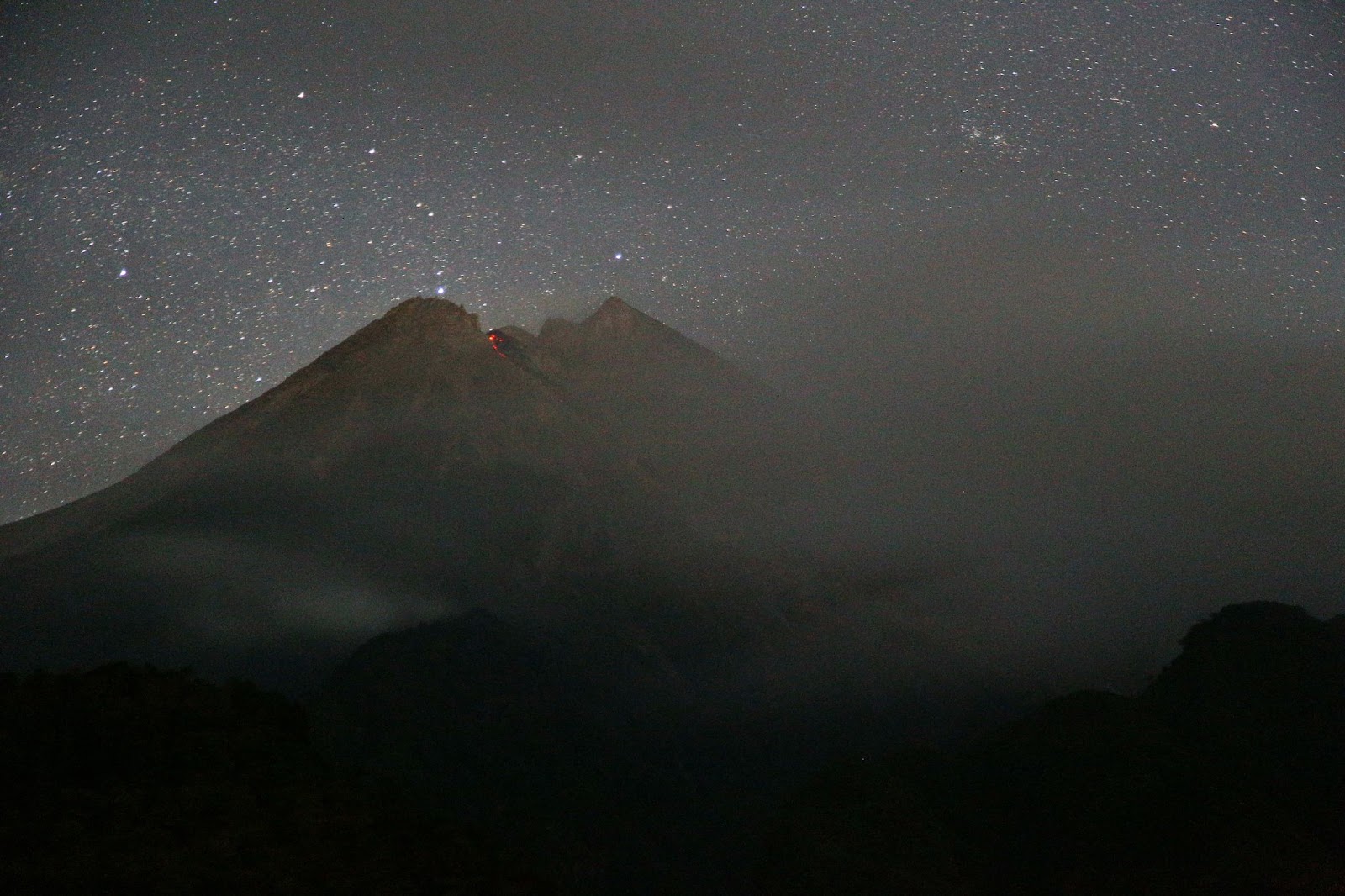
And of course, there’s the guardian — juru kunci gunung, a man in charge of peace talks with the spirit of Merapi. Mbah Maridjan, quite a legendary figure, died in 2010 while using his powers to hold off the eruption. Despite his efforts, and the relatively timely evacuation, the pyroclasms did kill over 300 people. Of course, the locals insist this number would’ve been much higher if not for the shaman’s self-sacrifice. His son, Prof. Asih, has now assumed the sacred position; but due to modern education, puts his trust in volcanology rather than mystic arts. One of his initiatives, for example, was to equip every family of farmers living on the slopes of Merapi with a walkie-talkie. There’s no harm in putting your faith in magic… so long as you have technology as a backup plan.
